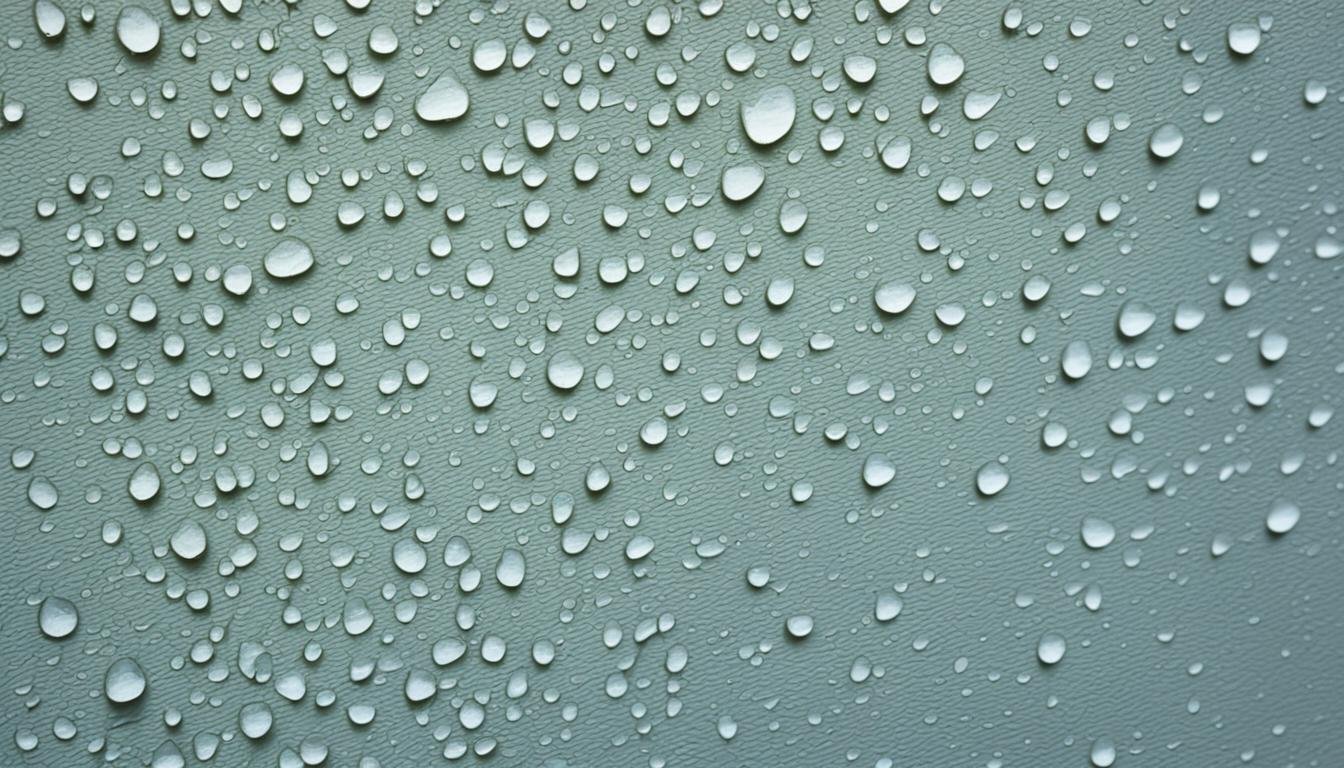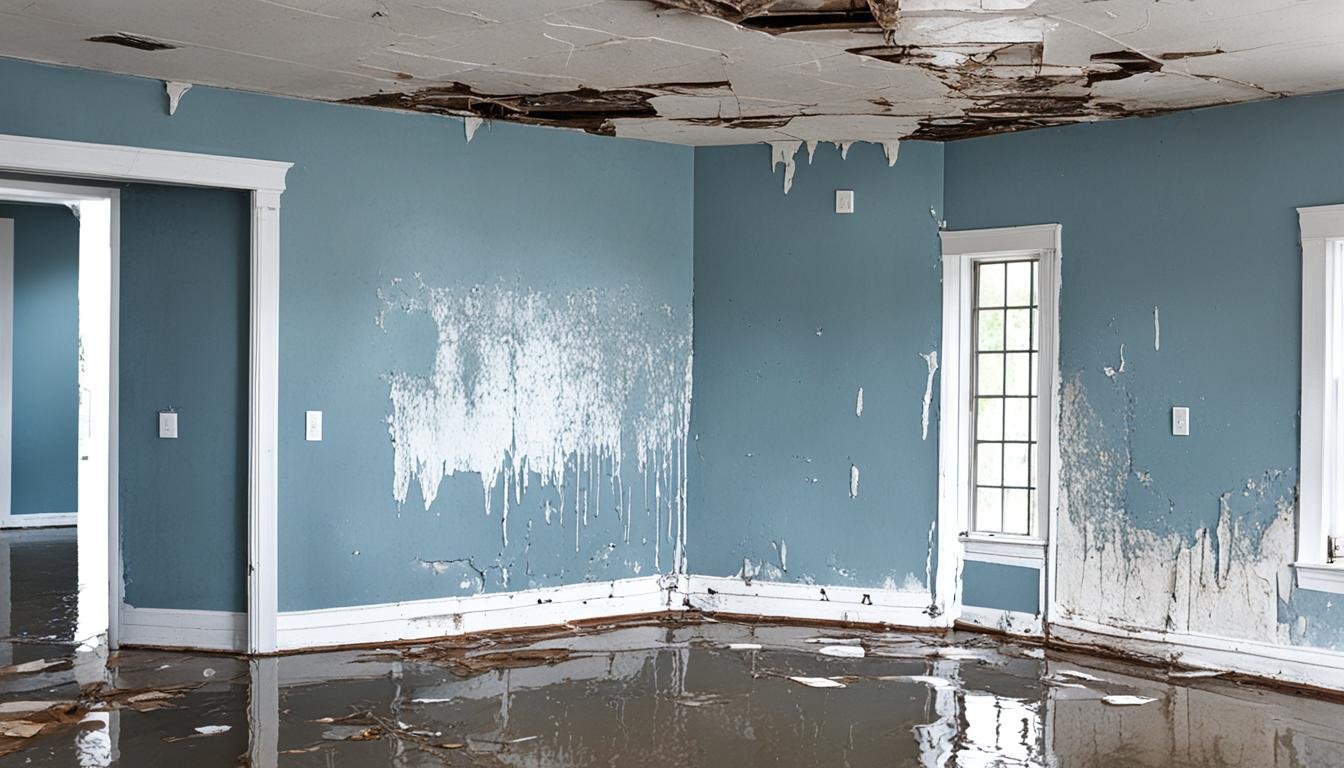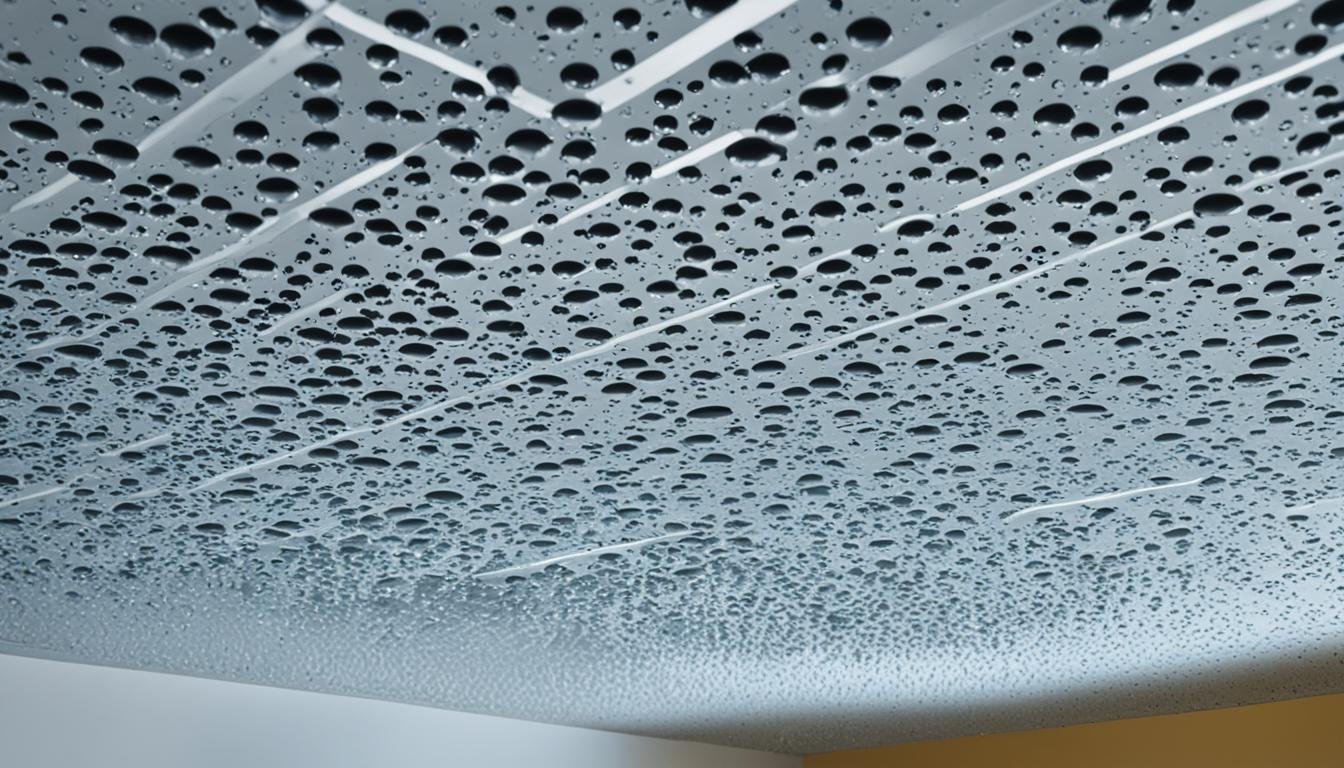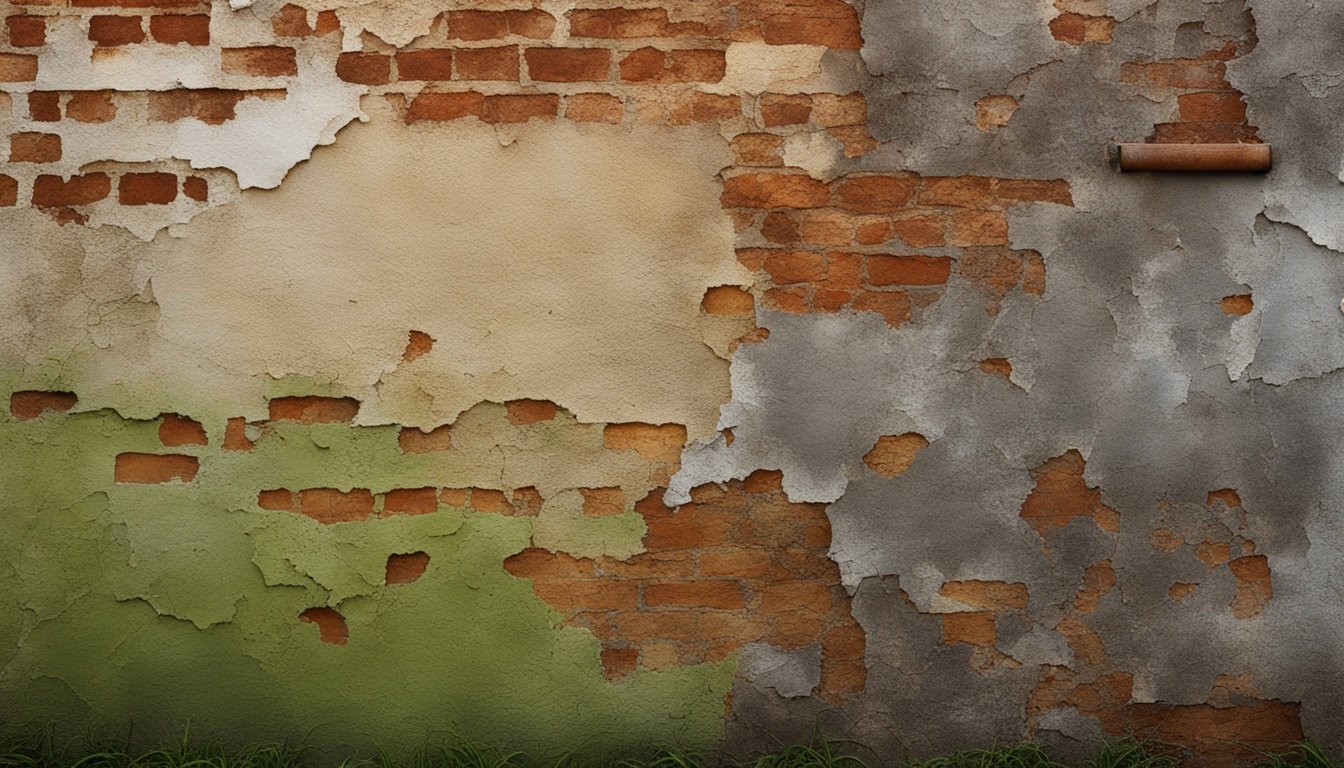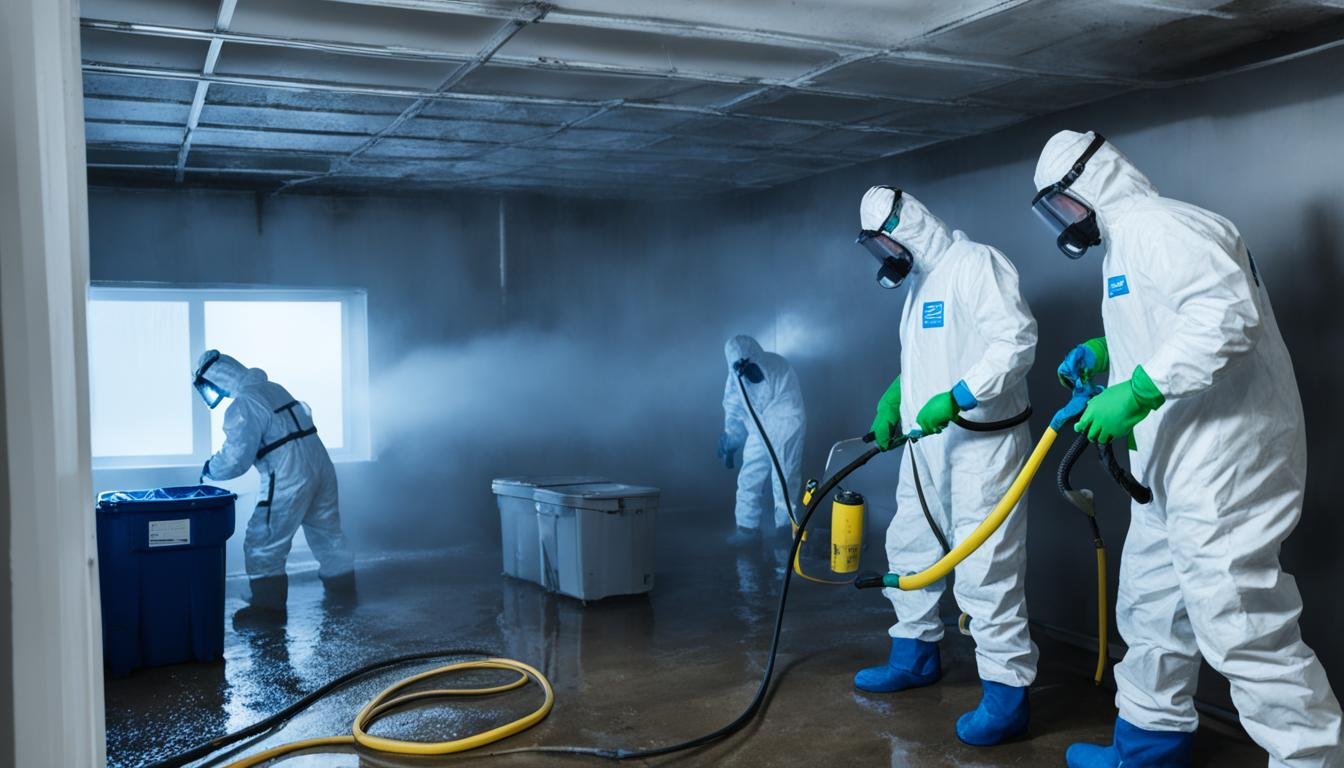Will Water in Walls Evaporate?
Drywall absorbs water up to 30 inches. When a wall is moist, the water can stay on both sides. It’s often more on the inside because it can’t evaporate as easily. You might not imagine, but a tiny layer of water can form inside a sealed jar. This shows how water can get into walls. Drying fast stops damage and mold, but completely drying walls takes time and skill. Key Takeaways Drywall is highly absorbent and can wick water up to 30 inches. Water can be present on both sides of a wall, often higher on the inside due to restricted evaporation. Fully drying out water-damaged walls requires time and professional expertise. Prompt action is essential to prevent further damage and mold growth. Calling a water damage remediation specialist like Water Damage Pros in San Bernardino (951-903-5429) is advised for widespread or structural water issues. What Happens When Walls Get Water Damaged Water damage to walls can cause big problems. The water can soak in deep, leading to many issues. This calls for quick and effective action in fixing them. Water Wicking and Absorption in Walls Drywall’s porosity lets water soak in deep, up to 30 inches high. The damage level depends on the wall’s material, water amount, and property’s water level. This makes inside walls more vulnerable as water enters but can’t easily evaporate out. Yet, sometimes the damage is hard to see at first. Problems often start at the lower part of painted concrete walls. This is more common in non-ground level areas. Damage can occur up to 30 inches high in drywall Extent of damage depends on wall construction, water amount, and water level Inside walls sustain more damage due to restricted evaporation Damage often occurs at the bottom of painted concrete walls Problem is more common in areas not at ground level Too much moisture in walls can cause efflorescence. This is the white, salty deposit you see. It shows there’s moisture for these salts to dissolve in. “Moisture damage is more likely due to water condensation from external air leaks when air conditioning is turned on. Solar exposure may also drive moisture inward, causing condensation on cooler wall areas.” In places like Dubai, where it’s hot and humid, wall issues are worse. Air conditioning can make moisture inside the walls. Thermal scans help find where and how moisture is getting in. DIY Steps to Dry Water-Damaged Walls Do you have water-damaged walls at home? You can take some DIY steps to fix the problem and dry the walls. Acting fast is key. This can stop more damage and keep mold from growing. If a broken pipe caused the damage, turn off the water first. This stops the water flow and helps you dry the area faster. Remove wall decor, peel away wallpaper, and dislodge any molding to promote proper ventilation. This will allow air to circulate more freely and aid the drying process. Drill small holes near the base of the wall to let air flow into the wall cavity. This helps to dry the interior of the wall, not just the surface. Open windows and doors to increase air circulation and use fans and dehumidifiers to remove moisture from the air. Strategically placing these devices can greatly accelerate the drying process. Use a moisture meter to ensure the walls are completely dry before proceeding with any repairs or refinishing. Failing to do so can lead to recurring issues. For a big water damage problem, consider calling a professional company. Water Damage Pros, for instance, has the skills and tools needed for the job. They can dry the walls well and prevent more issues. Drying Technique Effectiveness Drying Time Drilling holes in walls High 2-3 days Using fans and dehumidifiers High 3-5 days Removing wall coverings High 1-2 days Calling a professional restoration company Very High 1-2 weeks Being patient and thorough is important when drying out water-damaged walls. Whether you handle it on your own or get help, these steps can fix the issue and save your home from more harm. Will Water in Walls Evaporate? Water that gets into walls is hard to dry out by itself. This is especially true if the water stays a long time. Drywall can soak up water up to 30 inches deep. Due to slow evaporation, this moisture might be more inside the wall. Ignoring water-damaged walls can cause big problems. This includes harm to a building’s structure and the growth of mold. To dry the walls right, you should use fans and dehumidifiers. It might even need a special system to dry inside the walls. If small water leaks aren’t fixed, they can seriously damage your home. Many things can cause water damage, like leaking pipes or heavy rains. For the best repair, getting help from a water damage expert is smart. Contact Water Damage Pros at 951-903-5429 for professional help. You can tell if there’s water damage by looking for peeling paint or mold. Wet spots, stains, and musty smells are also signs. Special tools can check for water in walls without more damage. For big water problems, special tools are needed to dry the walls and stop mold. If the wall has things like glossy paint inside, different plans are used. This lets the walls dry properly and avoid mold. Experts need to check the drying process often. They use tools to measure moisture. This makes sure the walls dry fully without mold or bad smells. In some cases, wet walls must have the wallboard and insulation removed. It’s a tough, costly repair. The wallboard might get damaged and need to be replaced. To wrap it up, water in walls doesn’t just dry out on its own. Not fixing water-damaged walls can be bad for your home. Using the right tools and help is the best way to dry walls and avoid more damage. Conclusion Water that gets into your walls won’t dry itself. You need to work on drying them to avoid …

